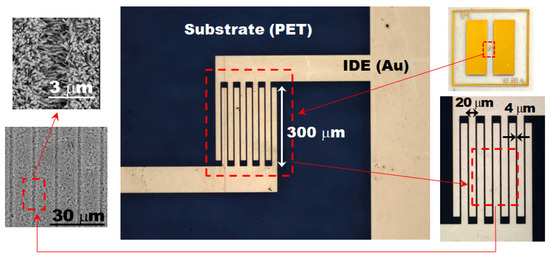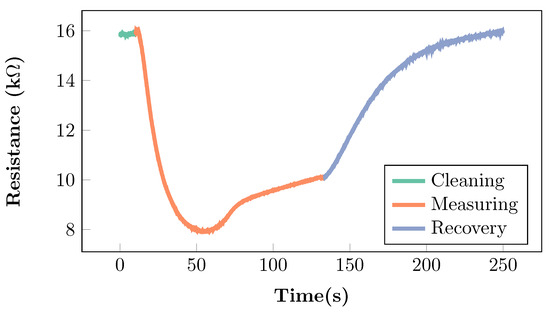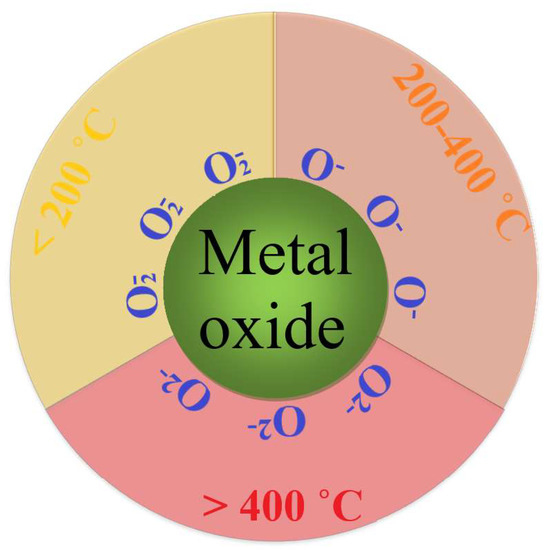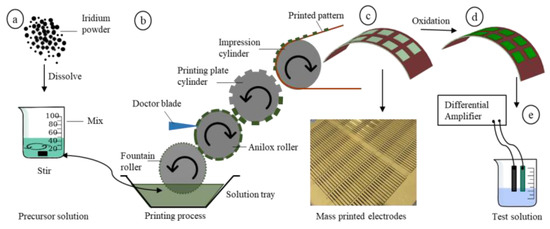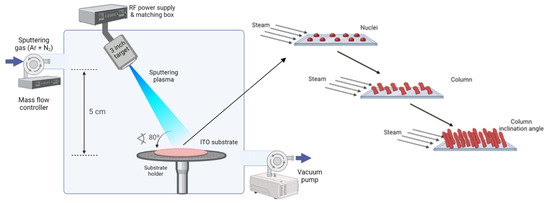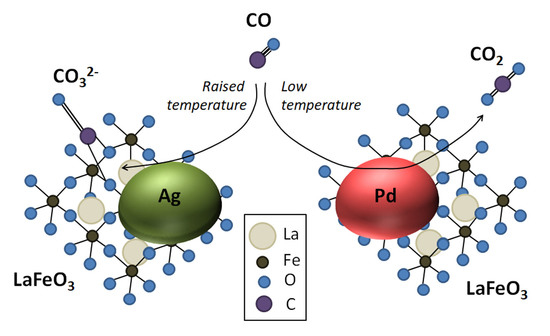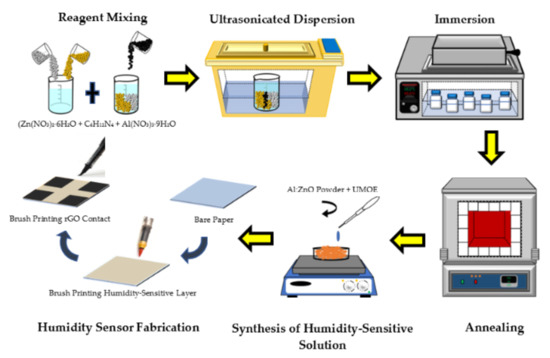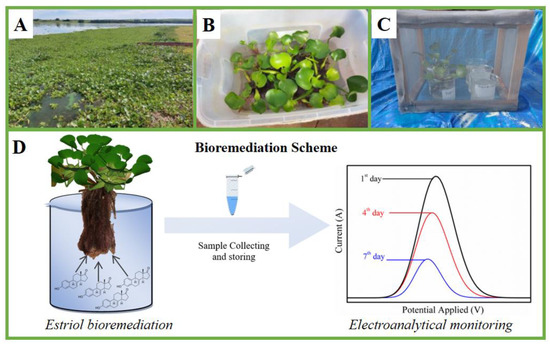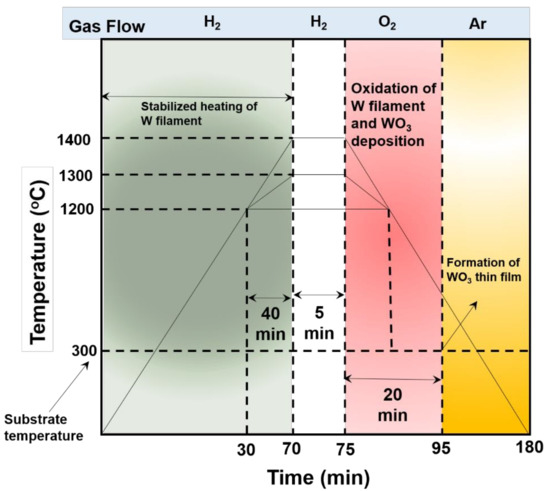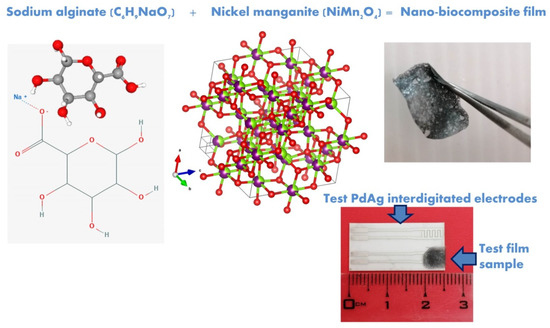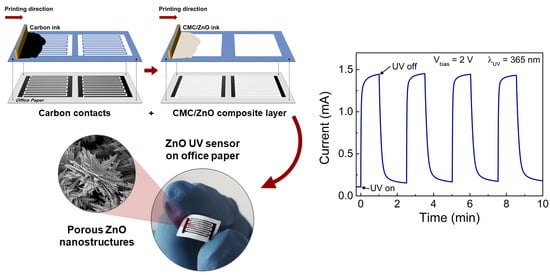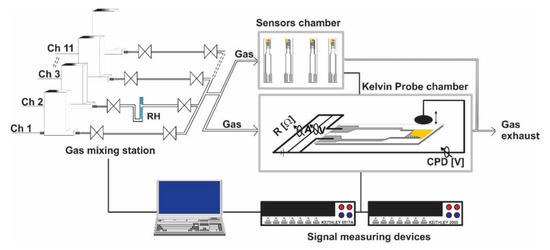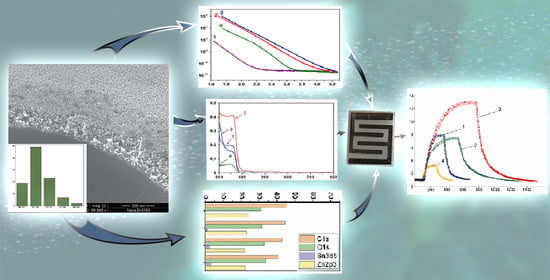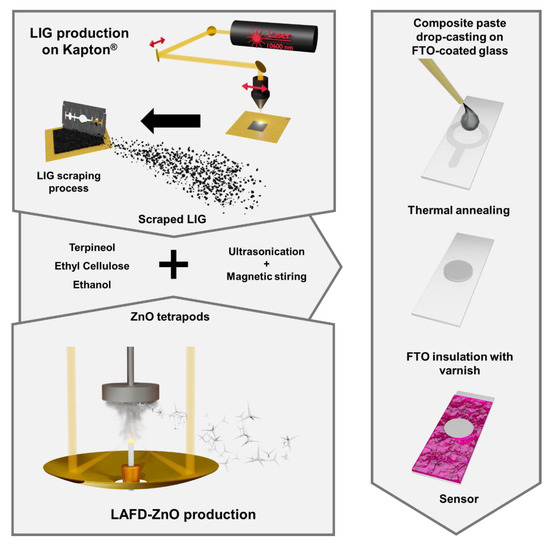Sustainable Metal Oxide Materials for Sensing Applications
A topical collection in Chemosensors (ISSN 2227-9040). This collection belongs to the section "Materials for Chemical Sensing".
Viewed by 44467Editors
Interests: multicomponent oxides; nanostructures; nanofabrication; nano-lithography (EBL); nanodevices; flexible and transparent technology; oxide thin film transistors; energy harvesting; multifunctionality; sustainability
Special Issues, Collections and Topics in MDPI journals
Interests: metal oxides; nanowires; chemical sensors; gas sensors; heterostructures; functional materials; material synthesis
Special Issues, Collections and Topics in MDPI journals
Topical Collection Information
Dear Colleagues,
In the last several decades, nanotechnology has advanced at an impressive rate, owing to a high level of development in both materials and processing routes. This impressive progress is contributing significantly to the growth of several areas, such as (opto)electronics, chemical sensors, medicine/biology, energy, and others.
Particularly, sensors are some of the key devices in smart surfaces and Internet of things (IoT) applications. To meet these concepts, sensing applications now require flexible, transparent, nanoscale devices and materials. In this context, metal oxides are particularly interesting due to their good optical and electrical properties and their capability for transparency, large area uniformity, and good mechanical flexibility. Concerning the environmental issues the world is facing, special attention should be given to materials and methods which are low-cost and sustainable, while still enabling high integration levels.
Thus, this Special Issue welcomes the submission of papers focused on the fabrication of sustainable metal oxide materials, in the form of thin films or nanostructures, and their application for sensors.
Dr. Ana Rovisco
Prof. Dr. Elisabetta Comini
Collection Editors
Manuscript Submission Information
Manuscripts should be submitted online at www.mdpi.com by registering and logging in to this website. Once you are registered, click here to go to the submission form. Manuscripts can be submitted until the deadline. All submissions that pass pre-check are peer-reviewed. Accepted papers will be published continuously in the journal (as soon as accepted) and will be listed together on the collection website. Research articles, review articles as well as short communications are invited. For planned papers, a title and short abstract (about 100 words) can be sent to the Editorial Office for announcement on this website.
Submitted manuscripts should not have been published previously, nor be under consideration for publication elsewhere (except conference proceedings papers). All manuscripts are thoroughly refereed through a single-blind peer-review process. A guide for authors and other relevant information for submission of manuscripts is available on the Instructions for Authors page. Chemosensors is an international peer-reviewed open access monthly journal published by MDPI.
Please visit the Instructions for Authors page before submitting a manuscript. The Article Processing Charge (APC) for publication in this open access journal is 2700 CHF (Swiss Francs). Submitted papers should be well formatted and use good English. Authors may use MDPI's English editing service prior to publication or during author revisions.
Keywords
- metal oxides
- thin films
- nanomaterials
- pH sensors
- optical sensors
- gas sensors
- biosensors
- sustainability






